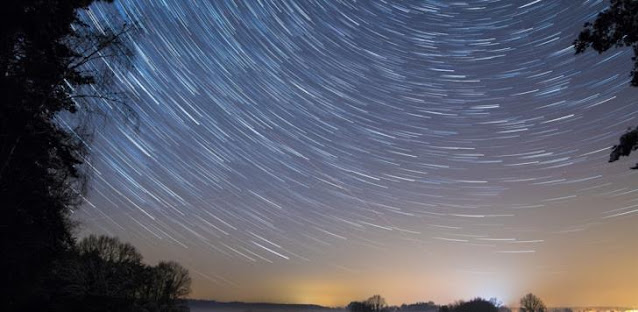Filenews 11 August 2021
The rain of stars observed from mid-July to the end of August and known as "Perseids" reaches its peak today and tomorrow and this year it is expected that the view of the phenomenon will be under ideal conditions.
According to a post by Phidias Hatzicharalambous on behalf of the Cyprus Astronomy Organization on Facebook, the maximum of the phenomenon will peak around the 12th of August.
"So you can easily see one of these shooting stars with the naked eye, just looking straight up. The ability to observe is greater in the hours before dawn. That's when most of them drift off the side of the Earth moving towards their current, which corresponds to local times between midnight and dawn," he says.
"Although many diaphragms arrive between dawn and noon, they are not visible due to sunlight," he added.
Some of them, it is noted, can also be visible before midnight, often creating diaphragms as they pass through the atmosphere, leaving large bright traces.
"In order to enjoy most visible meteors burning when entering the Earth's atmosphere, it is a good thing to get out of the cities, away from areas of light pollution, with as wide a field of view as possible and without buildings. The darker the monitoring part, the more impressive the visual effect will be," notes Mr. Hatzicharalambous.
This year, it is mentioned in the post, the viewing of the phenomenon will take place under ideal conditions, and will certainly be increased compared to last year, since the moon that makes it difficult to see them will be found below the horizon relatively early.
On the evenings of August 11th and 12th, peaking from 11 p.m. to 4 a.m. in most areas, more Perseid meteors will be visible than at any other time: about 1 per minute or 60 per hour
Perseids are small pieces of interplanetary material that are remnants of comet 109P/Swift-Tuttle and when they enter the Earth's atmosphere at huge speeds they burn because of friction with the atmosphere within seconds. Once some of them are large enough to reach its surface and are called meteorites, while those that are so brilliant that they appear to rip through the sky are called fireballs. Usually at the maximum of rain we have one meteor per minute. They are called Perseids, because their radiant point is projected in the constellation Perseus, i.e. it seems as if they are coming from this direction.
Every year, starting in mid-July, planet Earth begins to pass through a huge stream of particles/fragments that stretches for more than 15 million kilometres into space: the stream of the effects of the Comet Swift-Tuttle. Crossing our solar system and approaching Earth every 133 years, this comet is the source of perhaps the most notable meteor shower on Earth: the Perseids, which peak every year in the second week of August.
